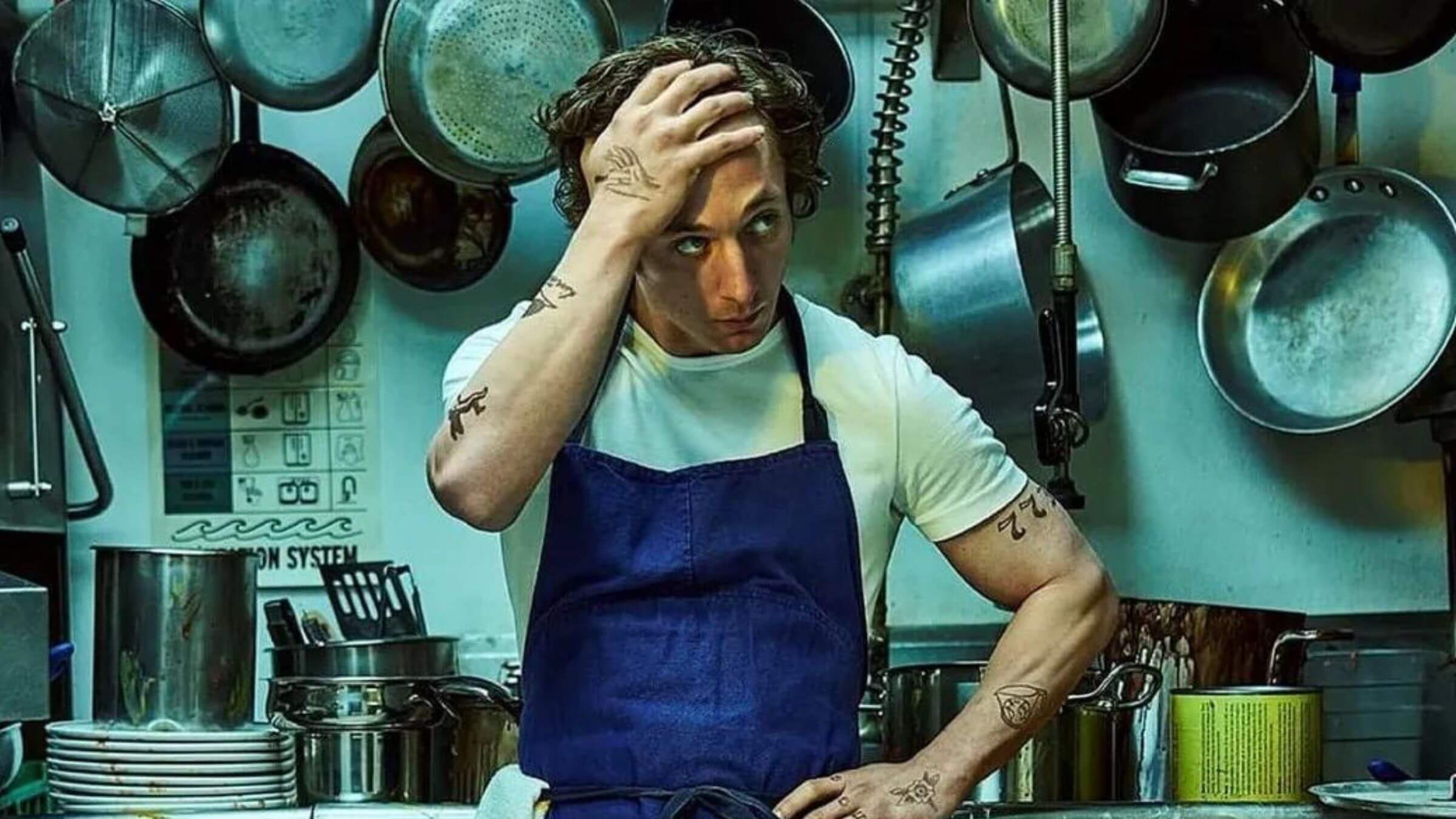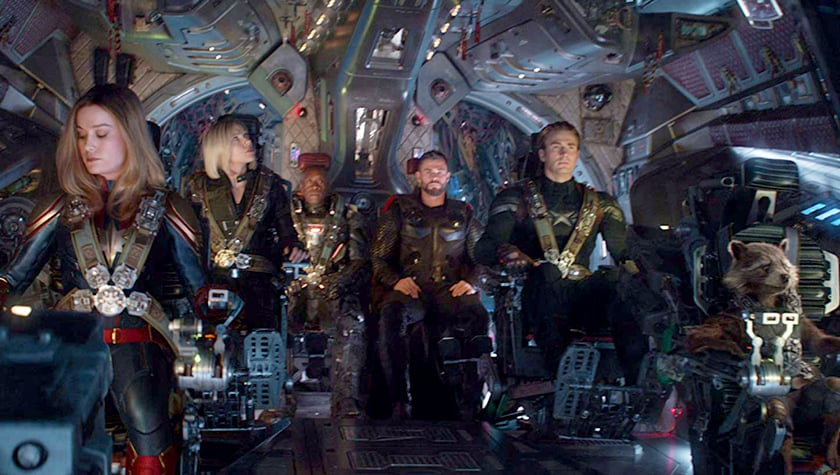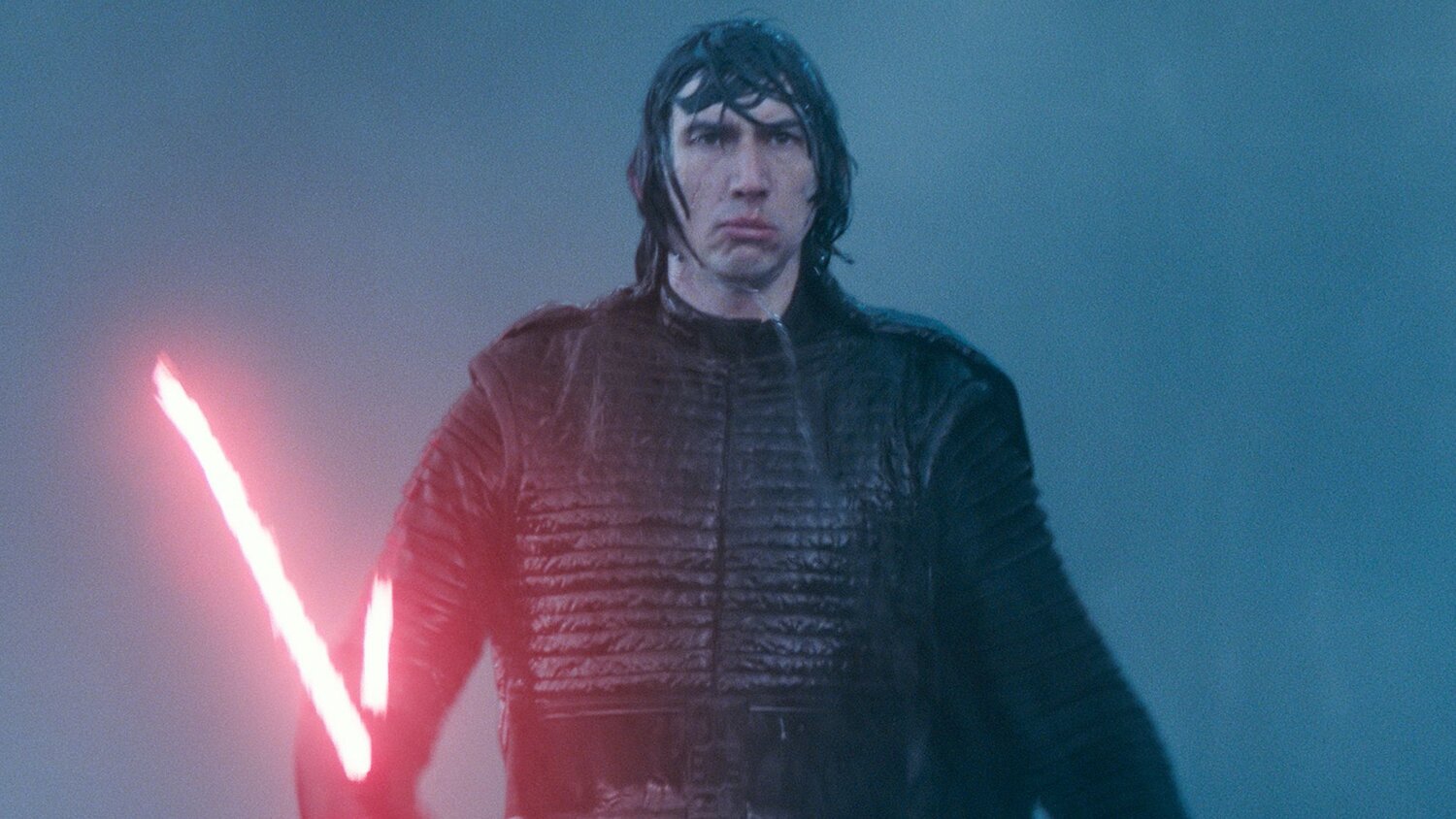Character Study Part I: The 3 Kinds of Character Arcs
November 11, 2020
Tony Soprano. Olivia Pope. Jack Bauer. Carrie Bradshaw. Jon Snow...
I’m betting you recognize at least one name on that list of fictional celebrities. These characters are not only synonymous with their respective shows, but became archetypes for their genres. Why? Because an exceptional main character transcends the confines of their fictional world to take hold of the collective consciousness. They come from a place of authenticity that makes them believable, even relatable, in one way or another; whether they live in a world of ice and fire, D.C. politics, or the Jersey mob.
Memorable characters all share the following characteristics no matter what genre they hail from: A strong external story goal and internal conflict that’s driven by an emotional wound. They must also undergo a change of some sort. It’s why we’re watching their story in the first place; as an audience we want to be swept away in their journey. The hero’s journey, in most cases. It would be impossible to write anything about character arcs without mentioning this journey of transformation that’s as old as storytelling itself, popularized by Joseph Campbell. It’s the driving force of the first and most common kind of character arc: the change.
1. The Change Arc
This arc follows our hero on their journey of radical transformation. Buckle up; it's a wild ride. They start off as “regular” people; the average and underdogs. This is also usually the result of a limiting self-belief or worldview they hold that is entirely false and serves as their internal conflict through the story. The external choices they make throughout their journey in pursuit of their external goals turn those beliefs on their head and result in new, more positive beliefs. They find that the qualities they needed to succeed on their quest were actually within them all along. In other words, your character has gone through a metamorphosis.
The change arc is most common to genre characters in fantasy and sci-fi, which often have their roots in mythology and therefore, it makes sense to be so closely tied to the hero’s Journey. This arc can be of epic proportions, where a character undergoes an extraordinary transformation from deeply flawed to one with a newly installed moral compass, or a more subtle, internal change as a result of overcoming their flaw. Think Tony Stark in Iron Man, or Kylo Ren in Star Wars. Let's be real, while neither Tony nor Kylo started out as regular or an underdog, they illustrate character metamorphosis from one end of the moral spectrum to the other beautifully.
2. The Growth Arc
Arguably less “exciting,” but not any less intense than the change arc, is the growth arc. Picture Adonis Johnson Creed in Creed or Steve Rogers/Captain America in the Marvel franchise. While in Cap’s case he did actually help save the galaxy, characters going through a growth arc don’t necessarily need to. Instead, their arc follows a more internal path of overcoming obstacles (such as the past) to become a more well-rounded person. Their perspective on life may change, or they may learn something new (about themselves or their world) to have a better understanding, but they will essentially return to the status quo. Instead of changing, the character solidifies.
Don't get me wrong; the character will still face opposition and achieve a goal as with the change arc (or you wouldn’t have a story!), but it’s important to note that while they may not change, their world most likely will as a direct result of the choices they’ve made along their journey.
3. The Fall Arc
Or as I like to call it, the doom and gloom arc. The fall arc follows a character as they decline into corruption, insanity, immorality or even death, in direct correlation to the series of bad choices they make on their (antihero) journey. There is often no redemption or salvation for these characters. Think Jax Teller (Sons of Anarchy) or Cersei Lannister (Game of Thrones).
Perhaps they started with good intentions but got caught up in corrupt means to an end. Or they discovered a truth that turned their world upside down, leaving them disillusioned or worse. Maybe they were dealt a raw hand and just couldn't turn it around. Their arc may end in suffering, or the character will embrace the fall, rendering them a shell of their former selves — or evil. Consider the fall arc when creating villains that have depth to them. Seeing how they started is an effective way to introduce a full-rounded antihero, or even to introduce a plot twist. When done correctly, the fall arc can be just as heart-wrenching as a change arc, staying with audiences long after.
Whether you choose the change, growth or fall arc, you’ll want to know your characters inside and out before starting to plot their journey. In fact, knowing their complete history can even help you decide which arc to write! Stay tuned for the second part to this series, how to create an intriguing character arc.
Written by: Karin Maxey
After seeing her first big screen movie 007: License to Kill at age six, Karin naturally became obsessed with writing action-infused stories. The next time she’d see Benicio del Toro was in person, at the 68th Cannes Film Festival—he was there for the Sicario red carpet, she was there for her first produced short film in the basement of the Palais…same-same. In between, Karin earned a Creative Writing Degree and landed management at Echo Lake Entertainment. Her scripts have been a Big Break Top 3 finalist, HollyShorts Film Fest Official Selection, and a multi-Screencraft competitions semi-finalist. Karin is also a screenplay editor who delights in the process of polishing writers' work for submission. You can find her at www.writergirlkarin.com.- Topics:
- Discussing TV & Film




